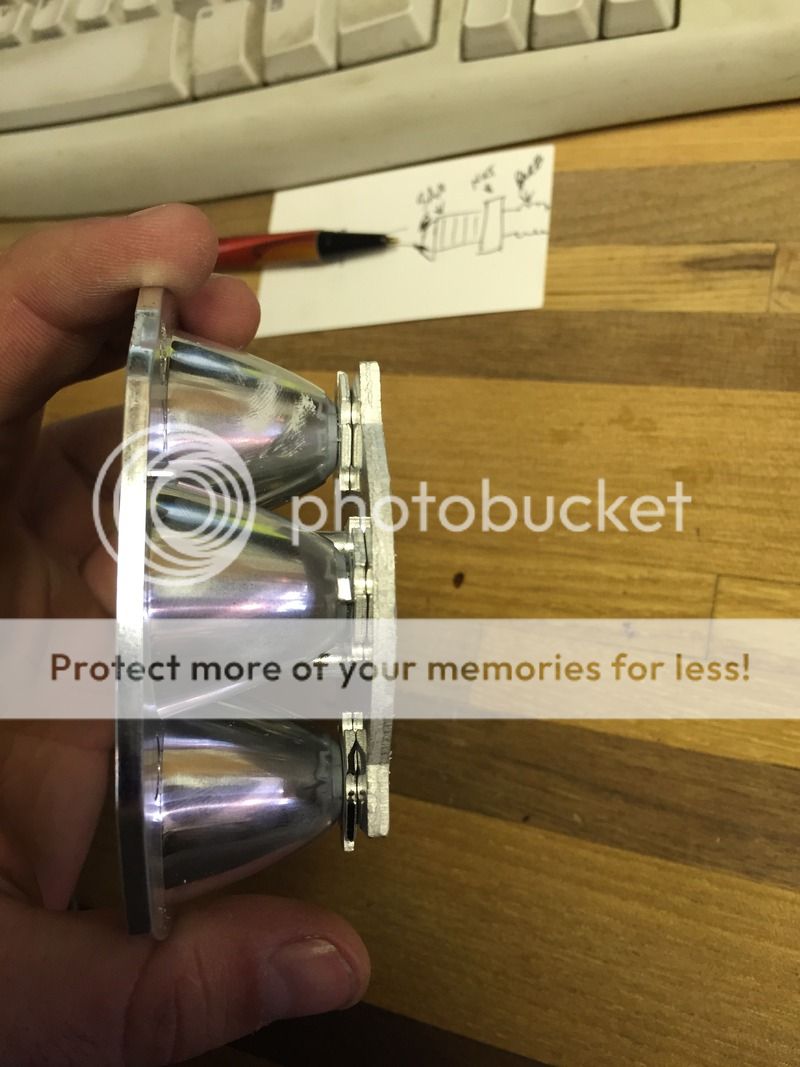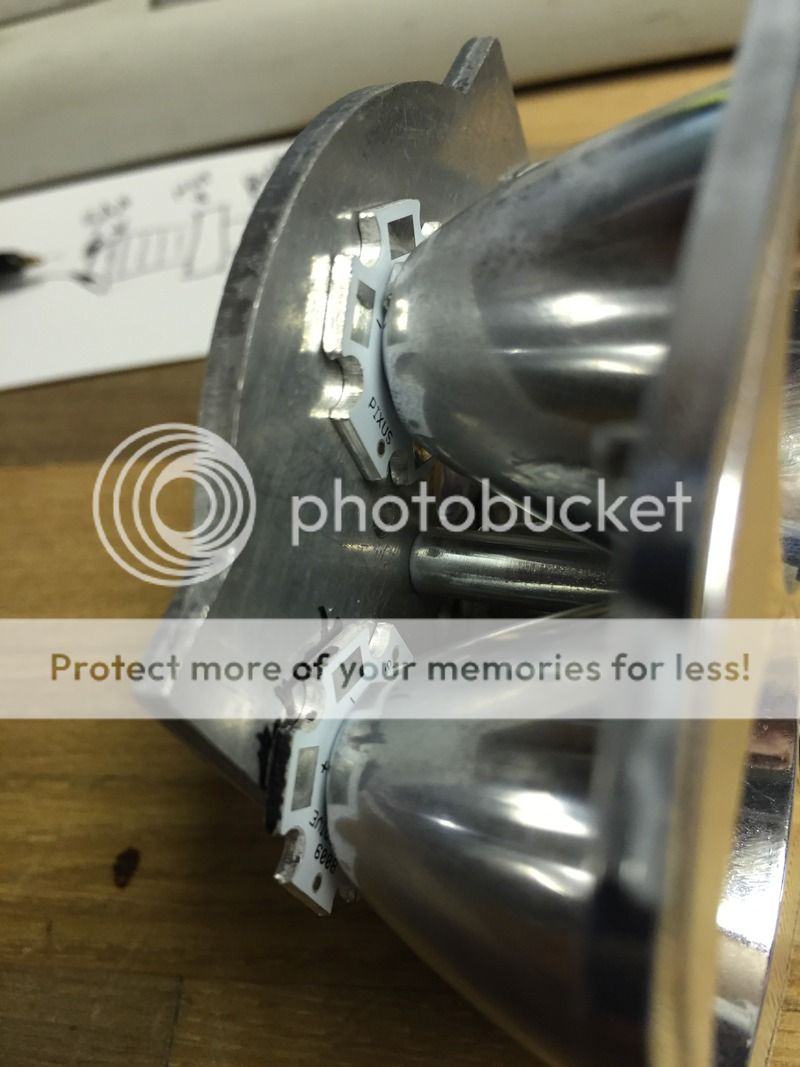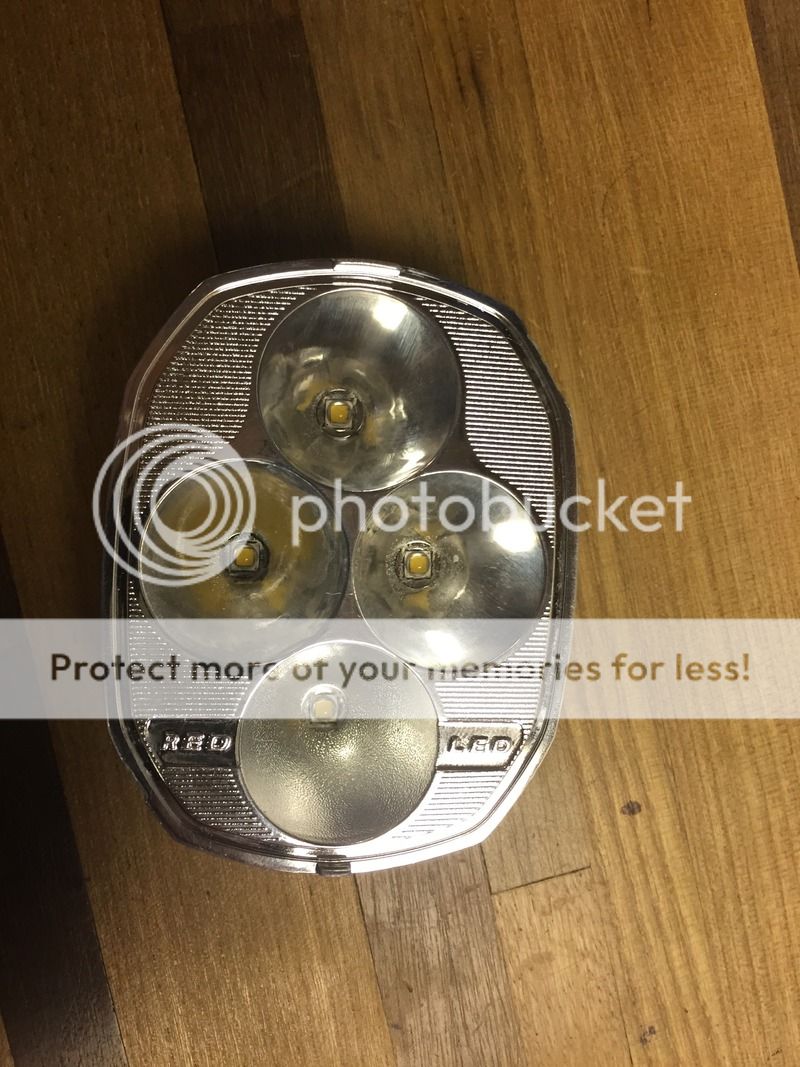First of all, we would normally call those things 'stars' (because of the shape) or MCPCBs (Metal Core Printed Circuit Boards). The word 'chip' would more commonly refer to the little part soldered on top of the star.
It's not common, but it's possible that the LEDs are electrically connected to the metal of the stars. This can lead to electrical problems when multiple stars are mounted to a conductive surface.
I'm not aware that you can solder aluminum at temperatures low enough to avoid destroying the LEDs. If you could, you'd need to make sure that you had no 'voids', which are empty spots like bubbles, where air gets trapped and prevents the solder from flowing all the way through. Voids wreak havoc with the thermal transfer.
I know of three ways to attach the stars:
1. Pressure from the top. For example have the reflector press down on the star. This is probably the least effective, but if done well and/or you aren't driving the LEDs very hard, it can be okay.
2. Screws. Very effective, but hard to do sometimes.
3. Glue. Very effective, but also very permanent.
No matter the method you choose, you really should use a thermal interface material to ensure a good thermal connection between the star and the base plate.
If you choose glue, you need a good thermally conductive adhesive, specially made for this purpose. If you don't glue, you need thermal compound, which is a paste generally the consistency of toothpaste. Arctic Alumina and Arctic Alumina Adhesive are probably the best known, though neither the best nor the worst. There are also TIMs that come in sheets. They can be neater, but generally are less effective.
Hope this was helpful.







